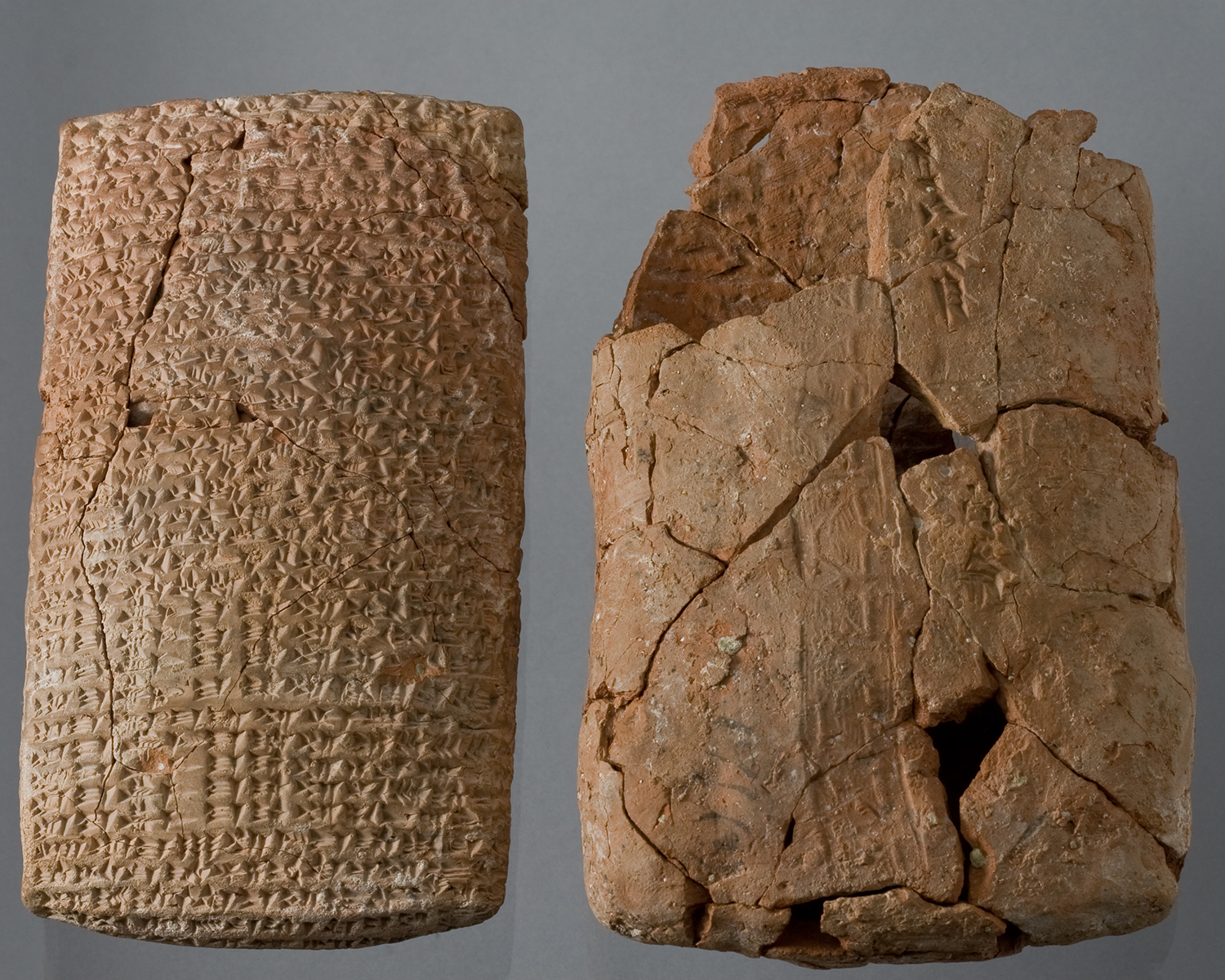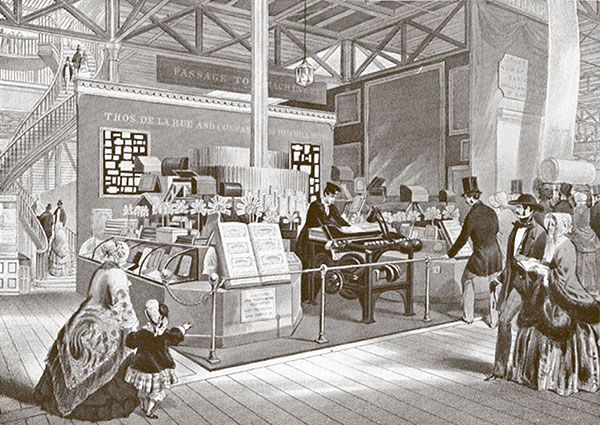An envelope is a flat paper container in which you insert a document, seal it shut, and then send it to someone. But you already knew that, right? It’s like the cheapest thing you can buy at the office supply store. We all take it for granted. If you had to mail something confidential, like a credit card or social security number, you would need it in an envelope. And sometimes it’s nice to use one with a window in it so you don’t have to write the address by hand. But before the paper envelope was invented, documents were folded and sealed into themselves with wax, unprotected. The history of envelopes dates as far back as 2,000 B.C. all the way through the invention of paper leading up to the inexpensive ones we get every day.
Clay Envelopes
The first envelope ever in the world came from ancient Babylon. Messages were written on clay tablets and then baked until hardened. Then the hardened tablet was coated with more clay and baked again. That’s right – the envelope was baked like a cookie. Clay envelopes protected deeds, mortgages, bookkeeping forms, financial accounts and, of course, letters. Recipients opened the envelope by literally breaking the outer layer of clay. It was a secure method of sealing documents, but very high maintenance. After this era, envelopes were made out of animal skin and leaves. Envelopes, as we know them now, did not begin until long after the invention of paper.

Babylonian clay letter and envelope. Photo from the Oriental Institute at the University of Chicago.
Paper Envelopes
Paper envelopes in the early days were not designed like they are today. They were diamond-shaped pieces of paper that had to be folded by hand around the document and sealed with wax at the intersection. Louis XIV of France popularized using this as a cover to protect the privacy of letters. He folded his own envelopes when he sent documents to his court. Benjamin Franklin is considered the founder of the postal service in America. He set up distribution cases with pigeonholes where letters could be dropped off at common destinations for pickup. He also laid milestones on the roads, which helped the postmen because they were paid by the mile.

The envelope-folding machine at Hill and De La Rue’s booth at the 1851 Great Exhibition in London. Photo from Edwin Hill memorial page.
First Envelope Folding Machine
During this time, the cost of postage depended on the number of sheets and then extra for the envelope, which only the wealthy could afford. This was then changed to weight and distance, making it affordable to more people. By 1851, a letter could be mailed coast to coast in the US for only three cents per ounce. The demand for envelopes grew after this universal postage, and folding every single envelope manually was time-consuming. British inventors Edwin Hill and Warren De La Rue solved this issue in 1840 by creating and patenting the first mass-producing envelope folding machine.
Hill and De La Rue’s invention inspired future envelope-making machines that further improved the process. While their machine could produce sealed envelopes quickly, it was still hand-operated. In the 1850’s Russell L. Hawes invented the first automatic envelope folding machine that could produce 2,500 envelopes per hour. Then, in 1876, Henry and D. Wheeler Swift remastered a design from James Green Arnold and created the self-gumming envelope machine. Their contraption had a brush that applied gum to the envelope’s seal, which was previously done by hand. No, it wasn’t the kind that of gum you chew and blow bubbles with, gum as in gum paste derived from a tree. In 1902, Americus F. Callahan patented the window envelope to help save time and labor from addressing them by hand.
Direct Mail Envelope Design
To learn more about direct mail envelopes, download our ebook An Insider’s Guide to Direct Mail Envelope Design.

